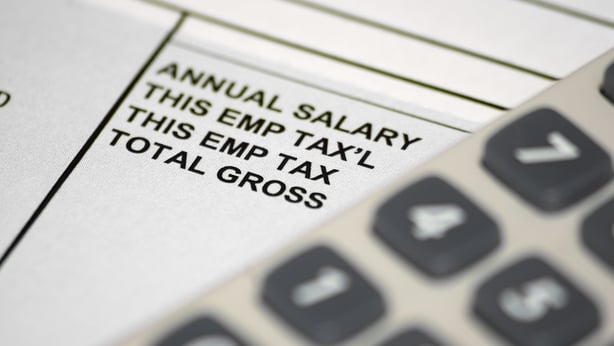New Employment Wage Subsidy Scheme – what you need to know
As the Government’s Temporary Wage Subsidy Scheme is set to be replaced by the Employment Wage Subsidy Scheme, Industry and Employment Correspondent Ingrid Miley examines the key questions surrounding the changeover.
What is the Employment Wage Subsidy Scheme?
From Tuesday, the Employment Wage Subsidy Scheme (EWSS) will replace the Government’s Temporary Wage Subsidy Scheme (TWSS) which has provided wage supports to employers since its launch on 26 March.
The TWSS expires on 31 August. The EWSS will continue until 31 March 2021.
How will the EWSS differ from the TWSS?
The EWSS will allow employers to seek wage subsidies for a broader range of workers, including new hires and seasonal workers.
However, the maximum subsidy per worker will fall from €410 to €203 per week – and instead of being a percentage of the employee’s net pay, there will be two fixed rates: €151.50 or €203.
Only workers earning above €151.50 and below €1,462 will be eligible for the EWSS.
Under the TWSS, a qualifying business had to forecast a loss of turnover of at least 25% – but under the EWSS, the threshold rises to a fall-off in business of at least 30%.
In addition, the employer will have to have a valid Tax Clearance Certificate, showing that the tax affairs of the business and connected persons are in order.
Why do employers need a Tax Clearance Certificate for EWSS when they didn’t need one for TWSS?
The Minister for Finance Paschal Donohoe says that when the Government is putting in place a programme of wage supports that requires Government spending of nearly €2.3 billion, it is “entirely reasonable” to require a Tax Clearance Certificate, so that taxpayers can be certain that employers are fully tax compliant.
How quickly will employers receive the actual payroll subsidies?
Under the current TWSS, the employer receives the subsidy sum within 48 hours of lodging payroll details with the Revenue.
However, under the EWSS, the timeframe for receiving that sum could be as long as six weeks.
Won’t that longer timeframe for reimbursement cause cash flow problems for firms?
Paschal Donohoe acknowledges that this issue has been raised by a number of employers. He has asked officials and the Revenue Commissioners to look at options to address this.
If there is no subsidy for workers earning below €151.50, won’t that dissuade employers from hiring or retaining lower-paid or part-time workers?
That is a fear that has been raised by Sinn Féin. The Finance Minister forecasts that this EWSS structure will be more likely to encourage employers to give lower-paid part-time workers more hours, so that the company can reach the threshold to access the wage subsidy.
What problems could an employer face in transitioning from TWSS to EWSS?
The biggest problem will arise if employers do not have a Tax Clearance Certificate, as they will not be eligible for subsidy payments.
The Revenue Commissioners are urging all employers considering availing of the EWSS to apply for tax clearance through the Revenue Online Service.
How many people availed of the TWSS?
Over 69,500 employers signed up for the TWSS, and at least 600,000 workers have received at least one TWSS subsidy since the scheme was launched on 26 March.
The latest figures indicate that around 365,000 are currently having their wages subsidised by the state.

